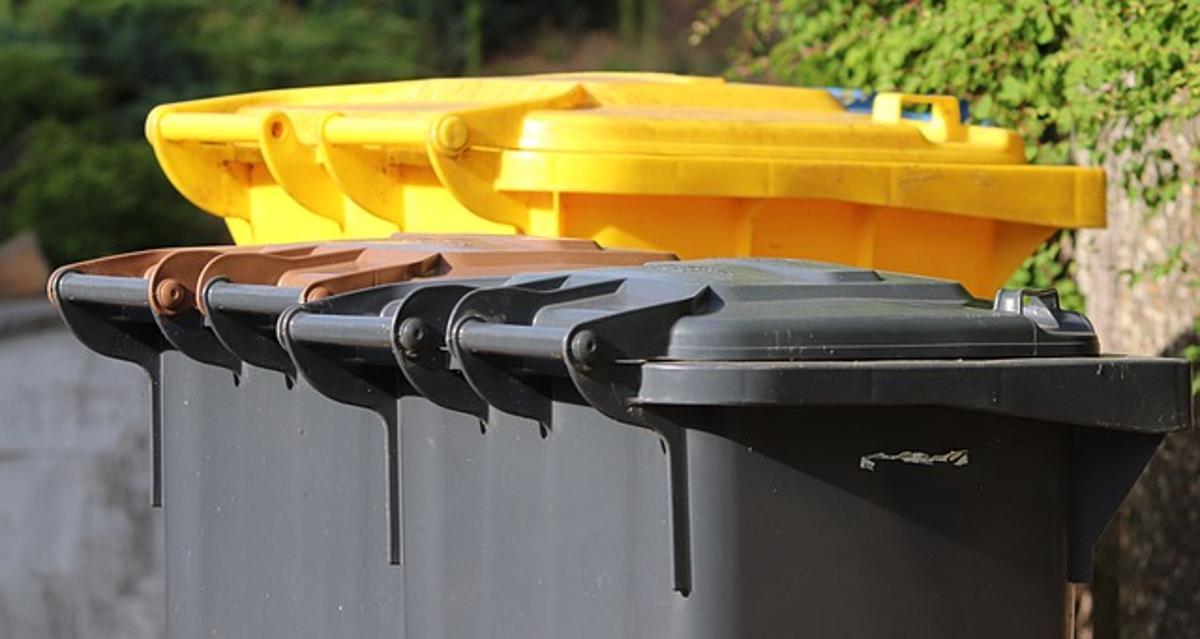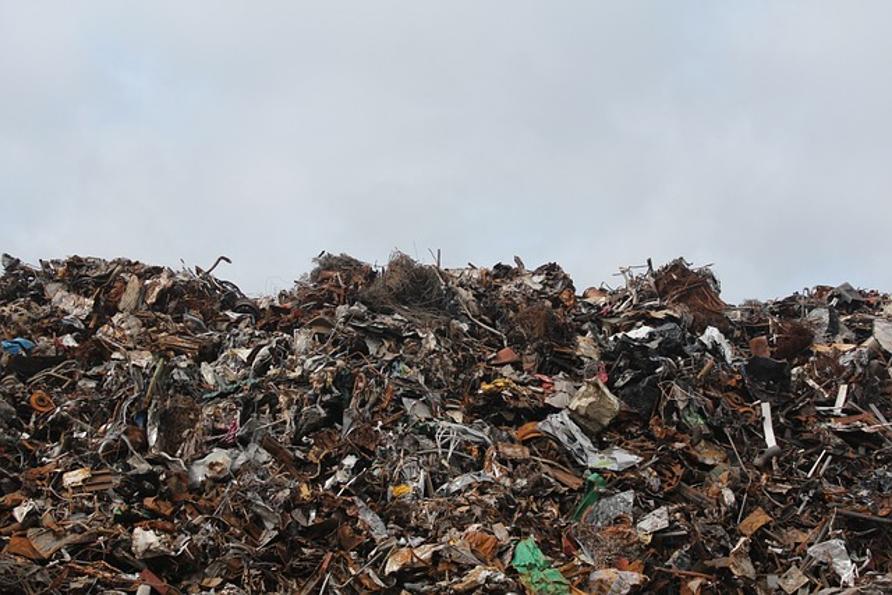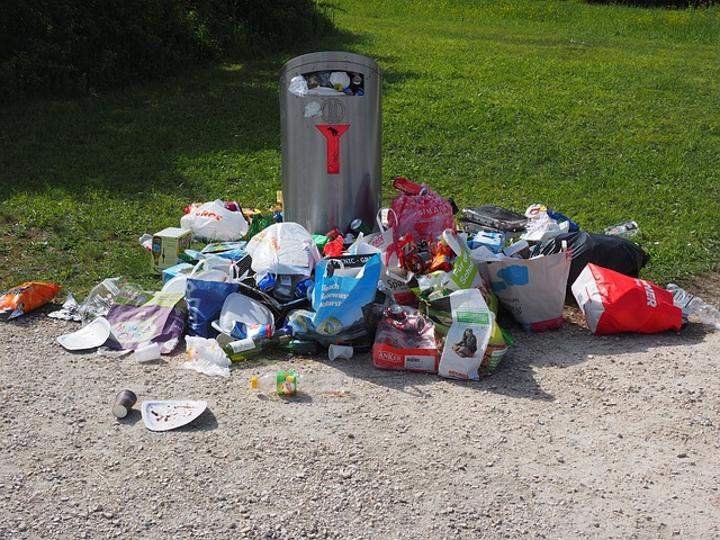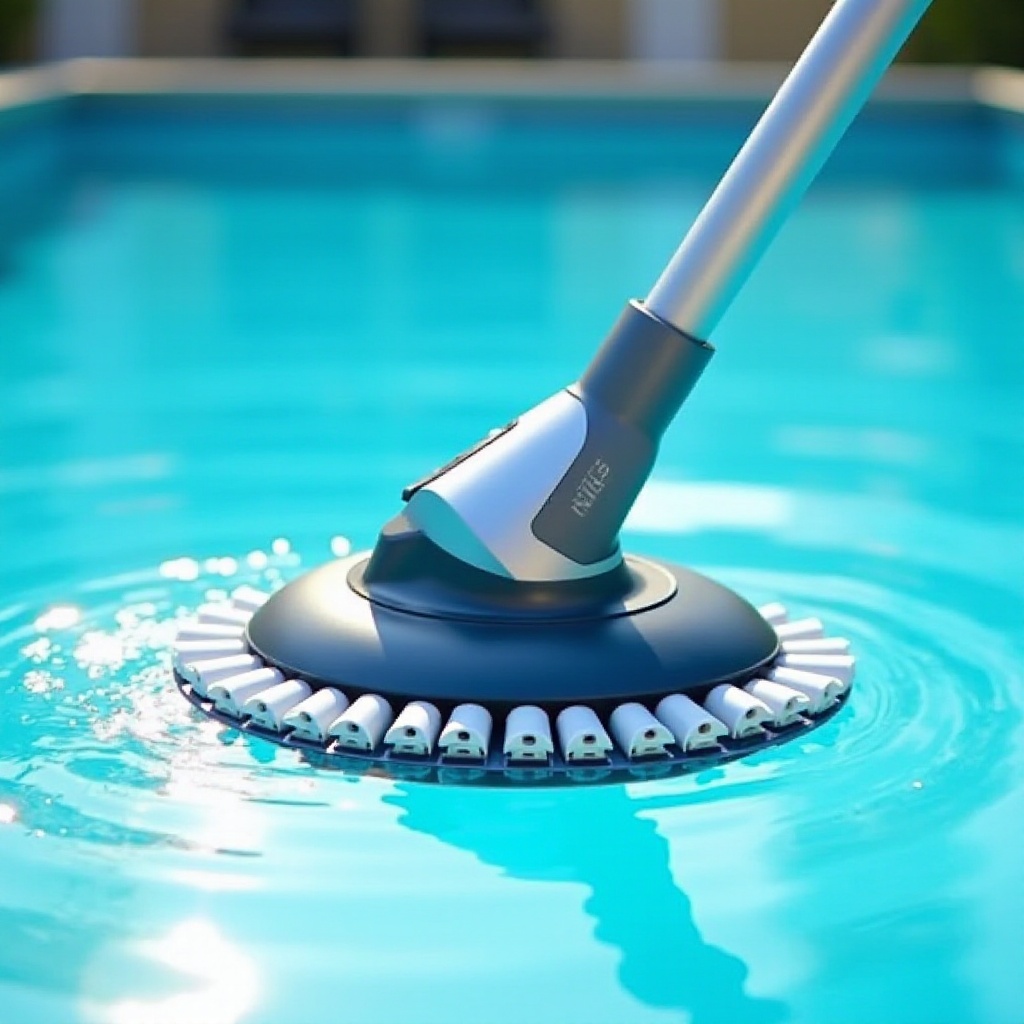How to Use a Garbage Disposal
Introduction
Are you tired of dealing with leftover food scraps while cooking or after meals? A garbage disposal can be a game-changer in your kitchen, transforming your food waste management. Learning how to use a garbage disposal correctly not only enhances its efficiency but also prolongs its lifespan. This blog provides comprehensive guidance on what a garbage disposal is, how to use it properly, key maintenance tips, common issues and solutions, and its environmental implications. By the end of this article, you will have a clear understanding of all you need to know to keep your garbage disposal running smoothly.

What is a Garbage Disposal?
A garbage disposal is a handy kitchen appliance designed to shred food waste into smaller pieces, allowing it to pass through plumbing pipes easily. It’s typically installed under a kitchen sink and powered by electricity. The device works by grinding food scraps with a rotating, abrasive plate, eliminating the need for frequent trips to the trash can.
Invented in the early 20th century, garbage disposals have become commonplace in many households due to their convenience and effectiveness in reducing kitchen waste. They not only help in maintaining a clean kitchen environment but also minimize the amount of organic waste that ends up in landfills, contributing positively to environmental sustainability.
How to Use a Garbage Disposal Correctly
Using a garbage disposal properly involves a few straightforward steps:
-
Run Cold Water
Always turn on a steady flow of cold water before starting the disposal. Cold water helps solidify any grease or oils, making it easier for the disposal to grind them up. -
Turn on the Disposal
Once the water is running, turn on the garbage disposal. Allow it to reach its operating speed before adding any food waste. -
Add Food Waste Gradually
Slowly feed food scraps into the disposal unit. Avoid overloading it; this can cause clogging or system overload. Wait for the food waste to be completely ground before adding more. -
Run the Disposal and Water for a Minute
After the food waste has been processed, keep the disposal and water running for an additional 30 seconds to a minute to ensure everything is flushed out of the pipes. -
Turn off the Disposal and Water
Finally, turn off the garbage disposal first, then the water. This sequential step is crucial to avoid any mechanical issues.

Do’s and Don’ts
Proper usage extends beyond just the steps of operation. Here are some essential do’s and don’ts to ensure your garbage disposal remains in top condition:
Do’s
- Use Cold Water: Always use cold water to help solidify any fats or grease.
- Grind Citrus Peels: Occasionally grind citrus peels to freshen up the disposal and eliminate odors.
- Clean Regularly: Clean the disposal periodically using ice cubes and a mixture of baking soda and vinegar.
Don’ts
- Avoid Hard Items: Do not grind hard items like bones, shells, or fibrous vegetables such as celery.
- No Grease: Never pour grease, oil, or fat down the disposal as it can clog the pipes.
- Non-Food Items: Avoid throwing non-food materials like plastic, metal, or glass into the disposal.
Cleaning and Maintenance Tips
Regular cleaning and maintenance are critical for the longevity of a garbage disposal. Here are some practical tips:
- Ice Cubes Cleaning: Grind a few ice cubes to scrape away debris and gunk from the blades.
- Baking Soda and Vinegar: Pour a half-cup of baking soda followed by a cup of vinegar into the disposal. Let it sit for about 10 minutes before rinsing with hot water.
- Citrus Peels: Freshen up your unit by grinding small pieces of lemon or orange peels.
- Brush the Key Areas: Use a small brush to clean the nooks and crannies around the disposal’s rubber splash guard.
- Professional Check-up: Occasionally, have a professional check the unit, especially if it’s older or heavily used.

Common Issues and Troubleshooting
Even with proper maintenance, you might encounter issues with your garbage disposal. Here are some common problems and how to address them:
The Disposal Won’t Turn On
- Check the Reset Button: Locate and press the reset button on the bottom of the unit.
- Electrical Issues: Check if the unit is correctly plugged in and investigate any tripped circuit breakers.
The Disposal is Jammed
- Manual Turning: Turn off the power, insert an Allen wrench into the bottom socket, and manually turn the disposal to free the jam.
Slow Draining
- Snake the Drain: Use a drain snake to remove any clogs in the pipes.
- Use a Plunger: A plunger can also be effective in dislodging clogs.
Environmental Impact and Sustainability
Garbage disposals contribute to sustainability by reducing the amount of kitchen waste sent to landfills. They help decrease greenhouse gas emissions, given that food waste in landfills produces methane, a potent greenhouse gas. By using a garbage disposal, you’re facilitating the recycling of organic matter into water treatment systems, where it can be converted to energy or fertilizer.
Conclusion
A garbage disposal is a valuable kitchen appliance that simplifies food waste management. By using it correctly, adhering to essential do’s and don’ts, maintaining it regularly, troubleshooting common issues, and understanding its environmental impact, you can ensure its optimal performance and durability. Proper usage not only saves you time and effort but also contributes positively to environmental sustainability.
Frequently Asked Questions
What should you not put in a garbage disposal?
Avoid putting hard items like bones, shells, fibrous vegetables, grease, oil, fat, and non-food materials such as plastic, metal, or glass.
How often should I clean my garbage disposal?
Clean your garbage disposal every one to two weeks using methods like ice grinding, baking soda and vinegar mixture, or citrus peels.
What should I do if my garbage disposal stops working?
Check the reset button, inspect for electrical issues, or manually turn the disposal with an Allen wrench to clear any jams. If the problem persists, consider calling a professional.

